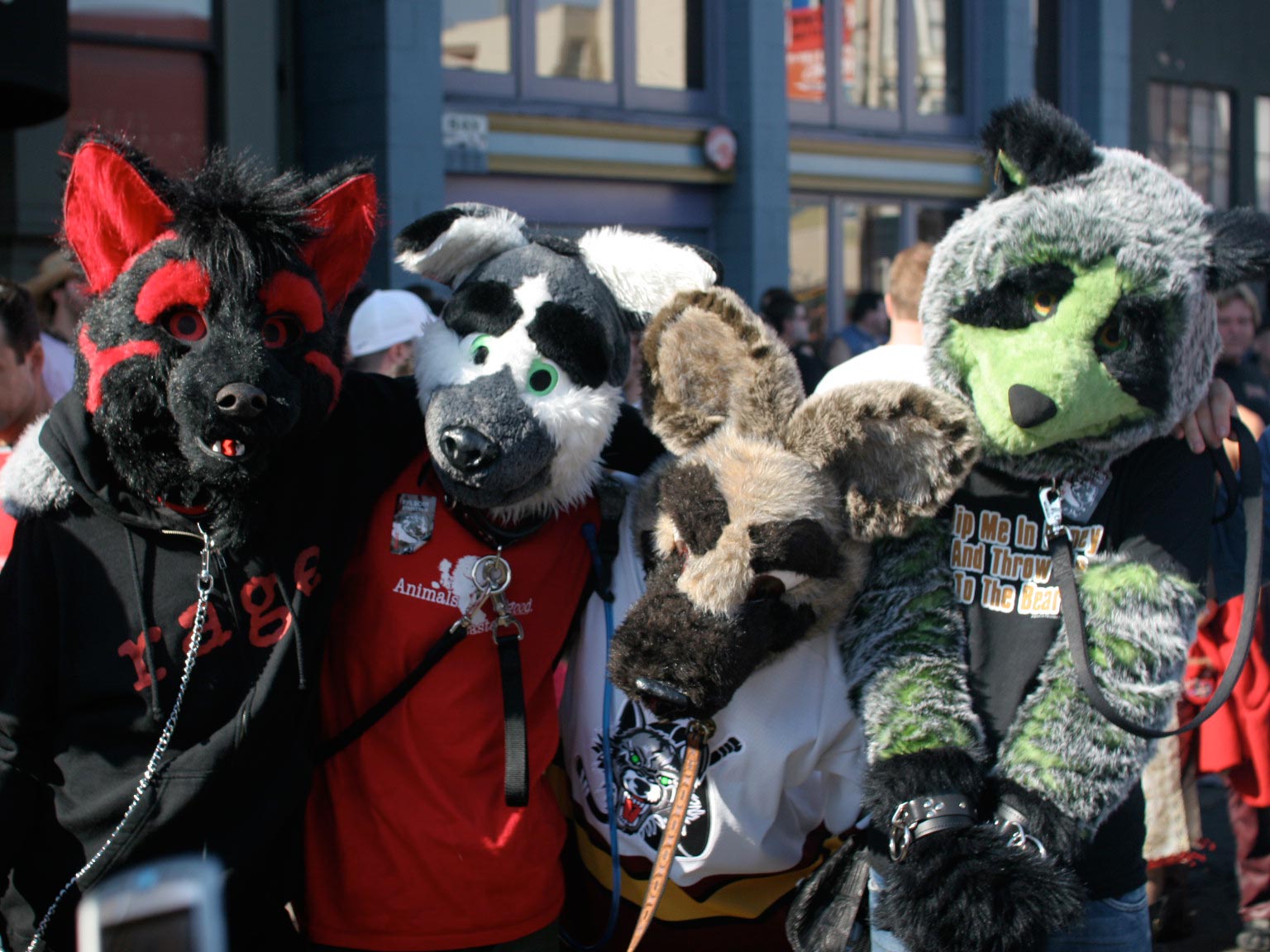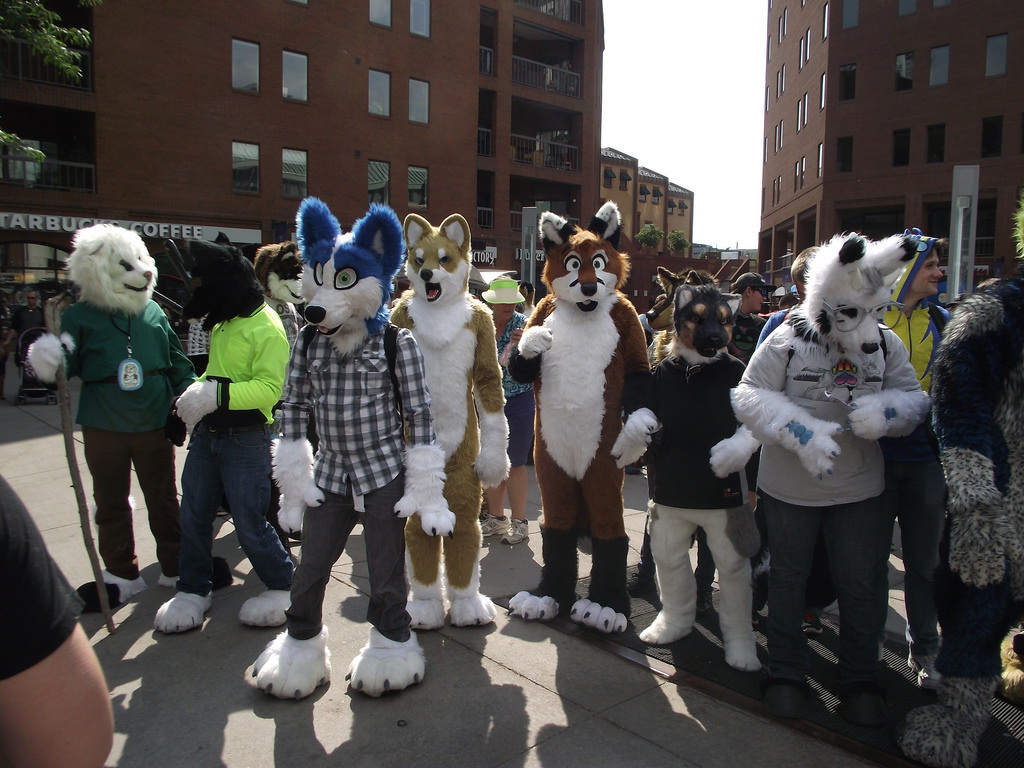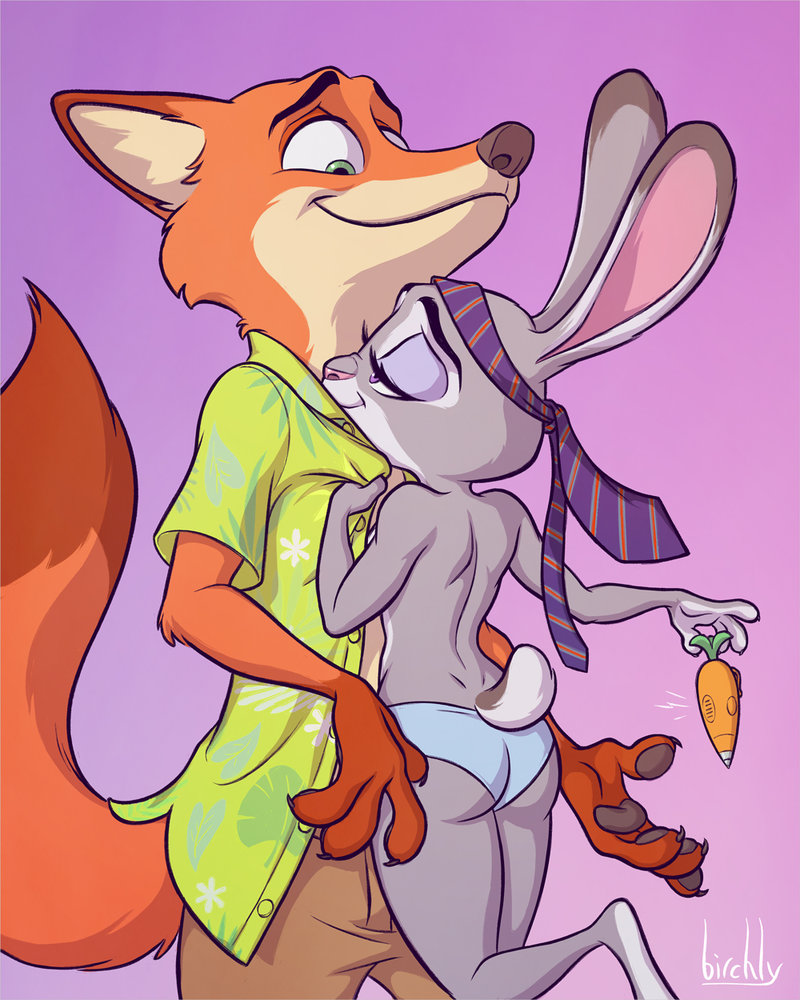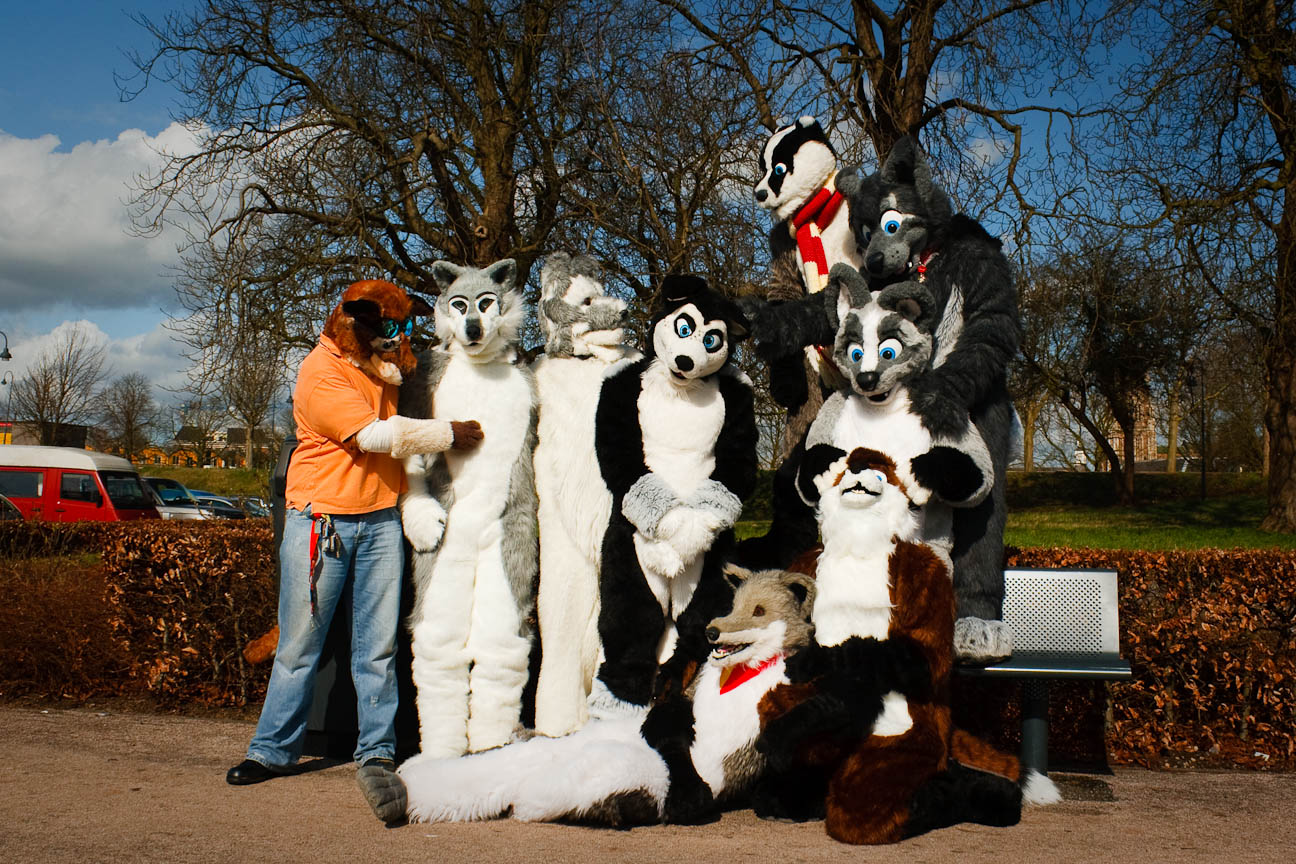So You Want to Be An Animal?
 Thirsty for JUICE content? Quench your cravings on our Instagram, TikTok and WhatsApp
Thirsty for JUICE content? Quench your cravings on our Instagram, TikTok and WhatsApp
The world’s growing awareness of gender issues and identities that fall into places other than at the extremes of the male/female spectrum has also brought some other subcultures to light – those who identify as animals, or creatures other than human. Furries and otherkin are two very distinct demographics that often get confused either for each other or as facets of transgenderism and/or sexual deviance – statements that would receive very different responses depending on which member of the community you ask. Even in spite of all this uncertainty, there is nothing much on the internet about them save for a plethora of memes and sensational Reddit posts about someone sticking their dick into a plush toy. Which begs the question – who are they, really? Is the brutal assault on them by internet trolls and other dissidents truly a justified reaction, or are they yet more examples of misunderstood, ostracised subcultures?
You may have heard of either (or both) of these demographics before, whether in an actual researched exposé on them or in a hysterical Reddit thread about people who enjoy having sex in animal costumes. But let’s just set the record straight. A furry, as defined by Google, is “an enthusiast for animal characters with human characteristics, in particular a person who dresses up in costume as such a character or uses one as an avatar online.” These characters, also known as ‘fursonas’, are original characters in the form of anthropomorphic animals, created as a separate role to be assumed by the furry whenever they wish. Take note, however, that furries know and believe they are human. Some furries may relate to their chosen animal form on a slightly deeper level – more than a few furries wished they were animals when younger – and scratch this itch, so to speak, by dressing up as that animal. But fursonas are mostly treated as nothing more than characters to be assumed time and again. Yes, it is an ‘identity’, but one that is wholly separate from a furry’s day-to-day life as a human. If anything, most furries keep their ‘normal’ lives and fursonas separate, in order to avoid judgment or discrimination from their employers or non-furry friends.

This vein of secrecy is also partly why you’d either see furries out and about in droves, or not at all. The community-driven nature of what can essentially be considered next-level roleplay means that furry-hood is often celebrated as a group, and otherwise hidden when not around likeminded people. Much like how some animals congregate in packs, attendance at furry conventions across the United States is growing rapidly, and at comic conventions across the UK and Europe it has become a staple phenomenon to see at least a few groups of people roaming about in fursuits. ‘Community’ is not a word taken lightly by furries, either. Especially on highly liberal platforms like Tumblr, furries are well-known for their un-prejudiced acceptance of members and non-members alike from all walks of life, and can even be found fighting against fascism, whether as their fursonas or as real human beings. Call it a way of life, or perhaps even a new religion. The furry ideology is certainly growing, and uniting people from all around the world; perhaps in a testament to the shocking amount of underserved minorities and misfits rejected by society, or just how weird certain movements on the internet can get. The call is yours.

Otherkin, on the other hand, are an entirely different breed of subculture, and a very vaguely defined one at that. What we do know for sure is that otherkin have been around since at least 1990, when a magazine called the Elfkind Digest was published for “elves and interested others” – the first instance of a discussion platform for those who believed that they were something ‘other’ than human. But any other questions lead to a variety of answers from different sides of the community. To what extent do otherkin believe they aren’t human? According to a 2007 book titled A Field Guide to Otherkin, otherkin “relate internally to a nonhuman species either through soul, mind, body, or energetic resonance,” which implies that the issue is more spiritual than physically dysphoric – it is a feeling of affinity towards some other being, but at the same time, an acceptance that that being’s essence is currently residing in the otherkin’s human body. However, in this essay, an otherkin writer describes the experience as one in which someone “longs to be” another nonhuman entity, and may sometimes even take steps to bring their appearance, actions, and mannerisms in line with the thing that they long to be. Countless other corners of the internet provide different extents to which otherkin feel dysphoric, but the bottom line is that otherkin know that their current body is human, and at the very least, feel a strong affinity towards a certain other entity.

What can these entities be, then? Is there a fixed set of beings that otherkin can choose to identify as? This issue is a controversial one in the community itself. Initially, the otherkin community started out as one that identified mostly with mythical creatures (the most popular examples being elves and dragons), which then expanded to include animals in general. For a long time, the community then stood as a group of people who identified, to some extent, as nonhuman creatures. But then… remember when everyone used to say that their favourite character from a movie or TV show was their ‘spirit animal’? Well, that happened to the otherkin community. A new strain of otherkin has recently emerged, throwing the entire otherkin community into even further disarray. Called ‘fictionkin’, this vein of the subculture claims that they are, internally, incarnations of fictional characters – they don’t just relate to the protagonist of some TV show or the villain in some anime; they actually believe that somewhere deep down inside, they are that character. This was not received well by some otherkin – parts of the community view them as a delusional disgrace to the subculture, while others accuse these critics of the same lack of empathy that those who dismiss otherkinity as nothing more than a mental illness. Either way, there are no real concrete answers to be found here. Otherkin currently stand as an impenetrably bizarre group of weirdos to sceptics, and a nebulous, undefined scattering of conflicting definitions even to those who wish to understand them.
Why all the controversy, then? Surely both furries and otherkin should be left alone to enjoy their identities in a time when we preach tolerance and the maxim to ‘live and let live’. But the mainstream media has not covered either subculture in a great light, leaving many wondering if they are nothing more than a bunch of harmless people living alternative lifestyles, or actually dangerous to society. With furries, there have been countless sensationalised accounts of sexual deviance – in particular, Vanity Fair’s 2001 exposé of an antisocial furry; a former practitioner of bestiality who moved on to having sex with the various animal plush toys he spent his life collecting. As for otherkin, a large part of the LGBT+ community believe that their ideology is an offensive bastardisation of transgenderism, and that otherkin are simply hopping on the “oppression bandwagon” to fit in while simultaneously discrediting gender issues. The question now is – how much of this, if at all, rings true?

Regarding furries, playing devil’s advocate is fairly simple. Much like how extremists in any demographic (religious, racial, or otherwise) are not representative of the group as a whole, neither do the sexual deviants on the fringes of the furry population represent furries as a whole. Furries admittedly do have their own sexual subculture in the darker recesses of the otherwise G-rated movement – called ‘yiffing’, this either involves cyber-sex between two fursonas, or actual sex between two people in fursuits. But, as weird as that may sound to you, what facet of human culture doesn’t have its own niche sexual fetishes? Yiffing is no different to the BDSM community, or the practice of swinging amongst older (and mostly heterosexual) couples. Sure, one could look upon all those practices with an equal amount of disdain if one was so inclined, but to then discredit all furries simply because of the deviants in their corner exhibits a huge double standard – one would also have to discredit all heterosexuals because a minority of them enjoy swinging.
As for bestiality and zoophilia, the conception that these issues are intrinsically linked to the furry ideology is mistaken. As stated earlier, furries do not actually associate themselves with the state of “being” an animal, they simply assume characters much like an actor takes up a character role in a movie. Their identities are still intrinsically human, and their interest in animals is (in normal cases) limited to desires akin to simply wanting to dress up as anthropomorphic animals like the ones you see on cereal boxes or in Disney films. It would employ a logically fallacious argument to claim that wanting to dress up as an anime character means that one is exclusively sexually attracted to anime characters, and in the same way, the idea that all furries are zoophiles is severely mistaken. Of course, there are undoubtedly furries who practise bestiality, but those cases are as common as other non-furries who enjoy bestiality, and are seen as sickening, or considered ‘rape’, in the furry community itself.
Otherkin, however, are much harder to defend. It doesn’t help that the community itself does not seem to have a fixed idea about who it includes and excludes – it is unclear if ‘otherkin’ is an umbrella term for everyone who does not identify as their own human self (which would take fictionkin into account), or a term which only includes those who do not identify as human per se. It follows that from this general sense of disorganisation about what the group even is, there is also mass confusion about what kind of conduct is accepted in the group, and the way people express their otherkin identities. Some members of the community consider blatant, “outlandish” expression of otherkin identities (for example, dressing and acting like a wolf if one identifies as such) as “giving the community a bad name,” while others advocate for this “transition” as part of being otherkin itself. Those who subscribe to that transitionary mindset have taken the realisation of their identities to new heights – some dress as the being they identify as, while others adopt pronouns to reflect this.
Therein lies the problem. Gender nonconforming members of the LGBT+ community have slated otherkin for appropriating transgenderism; turning it into an elaborate game of “pretend” and trivialising gender struggles and dysphoria, as well as giving the transgender community a bad name by lumping themselves in with them. Pronouns, they argue, should not be an option for otherkin – pronouns denote gender identities; a completely separate issue to species identities. One could be a male, female, or intersex (etc.) squirrel; and presuming that squirrels’ sentience expanded to thoughts on gender issues, one could also then be a gender nonconforming squirrel. Species in and of themselves could have gender; the latter is a subset of the former, and general male, female, or non-binary pronouns should therefore still apply to something not necessarily human. In light of the otherkin community’s blatant misuse and misconception of both gender and species, this “appropriation” of transgender terminology and struggle is something that parts of the LGBT+ community feel incredibly uncomfortable about, leading to attacks on otherkin by disgruntled queer activists.
That argument, unfortunately, is pretty rock solid. A lot of opinions defending otherkin rely on the argument that everyone should just live and let live, and otherkin should be allowed to enjoy their opinions and habits so long as they do not impinge on one’s own life – to exhibit any intolerance towards otherkin would be to exhibit the same lack of empathy that homophobes display towards gay people, or transphobes towards trans people. But that is nothing but an appeal to the past oppression of the LGBT+ community, a request for them to love their neighbour even when that neighbour is reaching over the garden fence and stealing their apples. Of course, this only applies to the branch of otherkin who advocate pronouns and transitions, but generally speaking, to equate species dysphoria to gender dysphoria is misguided at best and offensive at worst.
Science has proven that hormones and brain development may lead to a ‘feminised’ brain in a ‘masculine’ body (loosely speaking) or vice versa, but in no way does this account for any brain developing in a nonhuman manner (beyond simple affinity for a certain nonhuman species, as opposed to outright believing one is not human). Claiming that species dysphoria warrants the same treatment as gender or sex dysphoria – a condition biologically proven to exist, unlike the former – therefore not only gravely mis-defines ‘gender’ and ‘species’, but is also equivalent to insisting that a spilled mug of coffee and a house on fire warrant the same degree of emergency service responses. Seeing as those who purport this view do not exactly take up the majority of the otherkin community – which is, as it stands, way too fractured to hold any kind of consensus over these issues – this grievance should perhaps not be held against the entire subculture. It is true, however, that those who shout the loudest are always heard, and the sentiment that vocal advocates for this branch of otherkinity give the community a bad name is indeed proving to be very true.
There are plenty of other criticisms brought against both furries and otherkin that could be brought up, but there is only so much that one article can cover, and unfortunately, the main differences between the two groups and the most prominent accusations lobbied against them are all that can be covered in this one. Regardless, several things are clear. Firstly, furries and otherkin are in no way similar to each other, in spite of their seemingly common traits, like affinity towards animals, and their members exhibiting an alarmingly self-aware brand of identity plurality. Secondly, the vilification of both groups, to different extents, are unjustified, and the views of extremist fringe members should not be taken as representative of an entire demographic. Thirdly, those different extents to which each subculture is problematic are, indeed, wildly different, much like their own ideologies. There appears to be no hive mindset that makes furries offensive in and of themselves – abhorrent behaviour from certain members of the community are problems lying within those individuals as opposed to inherent issues adopted by virtue of entering the community. Otherkin, however, have lost the ability to defend themselves as a whole against their alleged appropriation of the transgender struggle through their own inability to pinpoint whether or not such behaviour is the norm or not, because of the complete lack of a consensus as to what their cultural ideology even is. There is no doubt about the fact that both groups receive a disproportionate amount of abuse for identifying as themselves alone, yet it is not to say that all that criticism is totally unfounded. As George Orwell once put it, all animals are equal… but some are definitely more equal than others.
Sexuality isn’t binary, there’s a B in LGBT+ after all.


 Get Audio+
Get Audio+ Hot FM
Hot FM Kool 101
Kool 101 Eight FM
Eight FM Fly FM
Fly FM Molek FM
Molek FM